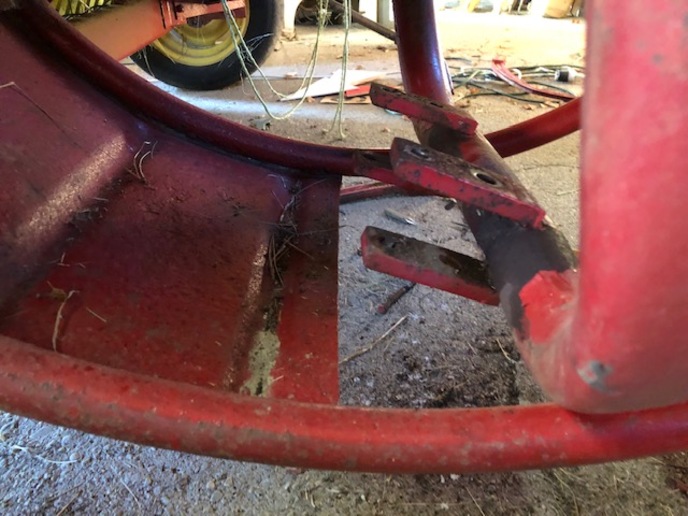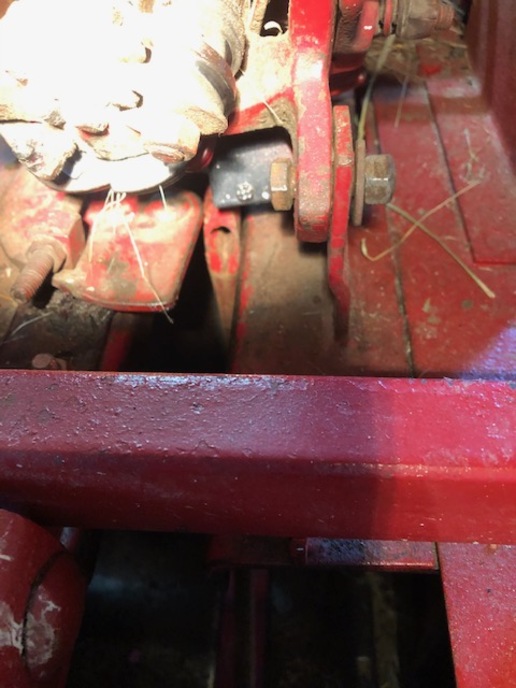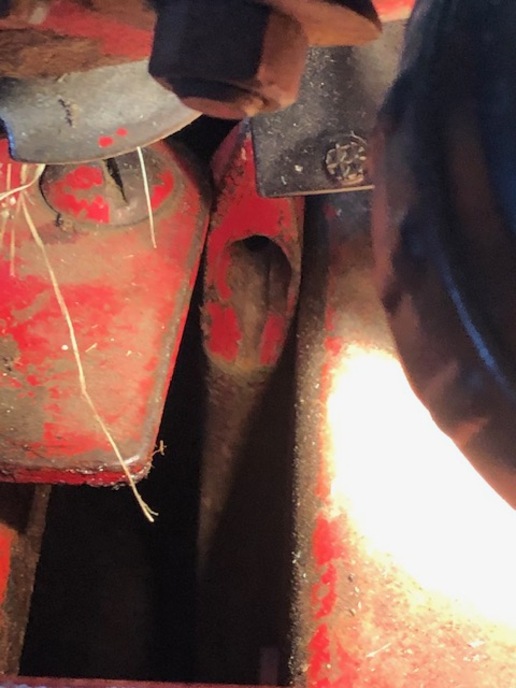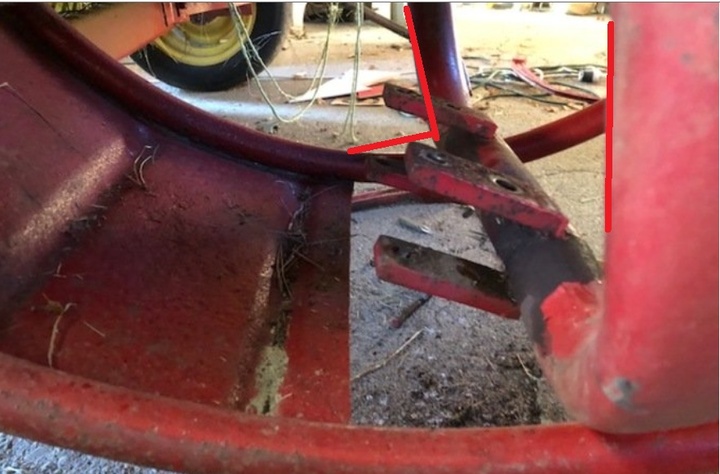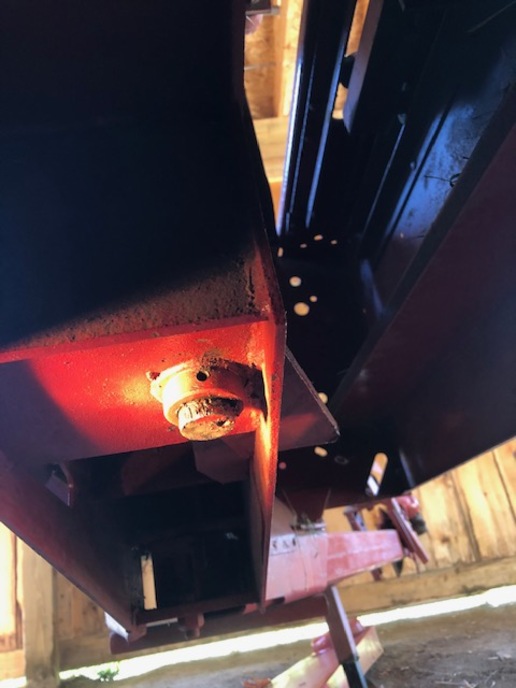maineuropa
New User
Had a bit of a disaster with the NH 273 baler ..broke the knotter shear bolt and both twine needles in two places. I have replacement needles, but I do not care for the odd clank at the very end of the knotter tie sequence when I hand crank it. I am just starting to get the time to look at this; and I have the manual. What bothers me now is the knotter trip is on the clutch pawl, but it is very hard to "trip" the knotter(it really does not want to go towards the front and engage.) The Needle connector arm (Figure 55A) in the manual is not perfectly straight but it was like that when I got it and I have baled over 2000 without a hitch. See first Picture. Followed the instructions on the adjustment of the timing for the knotter but I am unsure where the adjustment actually is. Is it in the degree of tightness in the chain tightener?
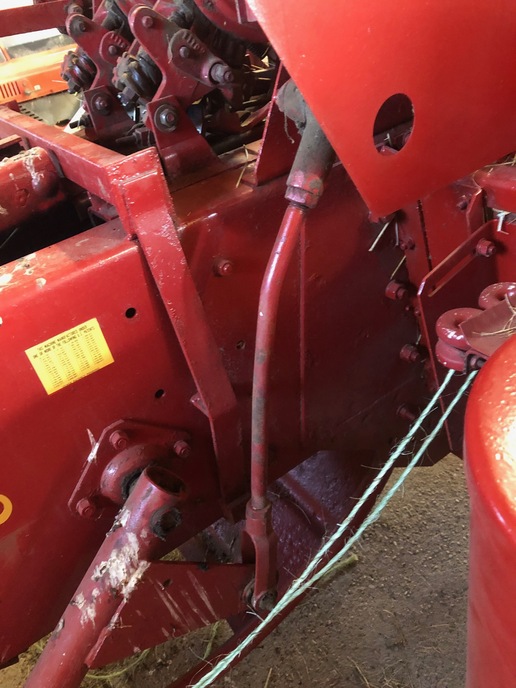
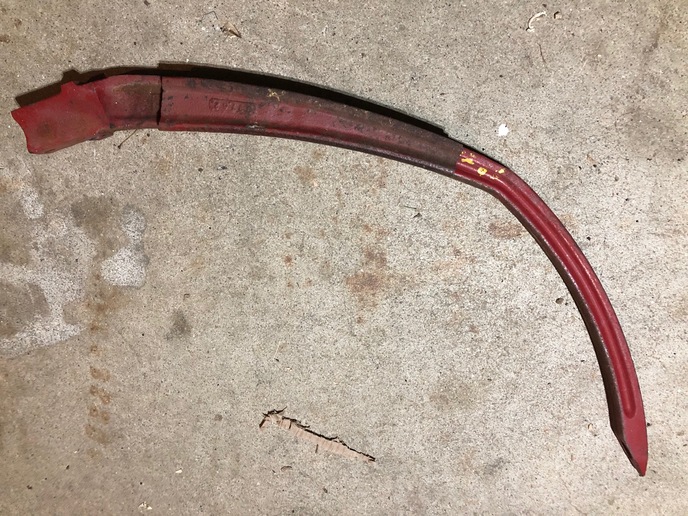
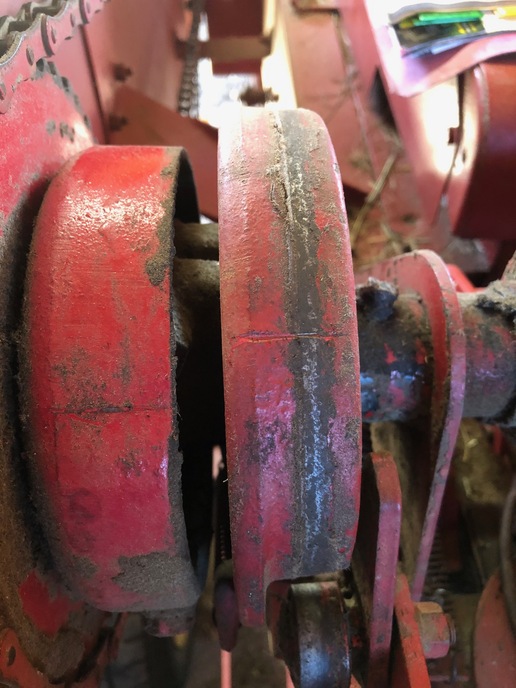
Another interesting aspect: both tips of the twine needles(look closely at the twine needle pic, I overlaid the broken section I found) the tips I have yet to locate. Any guesses there? In the last bale? Havent found them yet!



Another interesting aspect: both tips of the twine needles(look closely at the twine needle pic, I overlaid the broken section I found) the tips I have yet to locate. Any guesses there? In the last bale? Havent found them yet!


